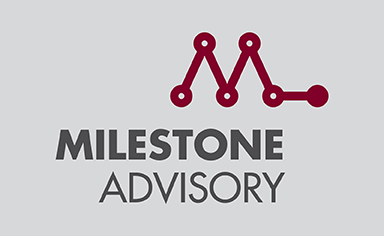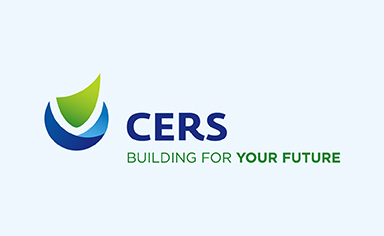In her latest article, Susan O’Mara of Milestone Advisory focuses on the need for us all to think about planning for the next 20 years rather than just on the year ahead when it comes to planning for our retirement.
Susan writes – at this time each year, I would usually write nine things to do better in 2019 or alternatively, what is the outlook for 2019 or words to that effect!
When it comes to retirement however, the outlook has not changed in decades. When it comes to retirement in Ireland, the outlook is bleak. People are either uncertain about how they will fund retirement or, worse, not considering retirement at all. Not enough people are saving for retirement, and for those who are, there is a question regarding adequacy of their savings. It is with this in mind that this outlook focuses on the next 20 years, rather than next year.
Irish Life carried out some research recently, which highlights the change in demographics and how it affects pensions. They found that in the last 5 years there had been a significant increase in the population of over 65’s. This figure was 100,000* compared to an increase of only 44,000 for 15-64 years olds. I have been writing on the topic of the impact of an ageing population for some time now, however, seeing these figures really brings it home. If this is the age category growing the fastest, this is where the money needs to be, and for many, it is not.
This trend is expected to continue over the next 20 years, with a 70% increase in these figures. This would mean the over 65’s will be over 1.1 million in numbers. If you have read my articles before, you may already have read about the pressures this will have on the State Pension and general taxation and these are the hot topic issues, but there are other downsides.
If you are an employer for example, you may find it increasingly difficult to retire people at 65 or even up to 68. In 10 years, employees will not be entitled to their State Pension until they are 68. If at 68, that is all they have (currently just shy of €13,000 per annum) they may not be able to afford to retire. Employment law has made it increasingly difficult to discriminate on the grounds of age, and rightly so, however, employee attrition via retirement is natural and beneficial to both the company and the workforce coming up behind them. Without this, employers may find themselves in a situation where they have an ageing workforce, with no intention of retiring and therefore are not in a position to bring in new innovative staff. If employees have meaningful pension funds, retiring becomes an easier and more obvious choice.
Most of us already understand this on a basic level, but it is only when you personalise it does it fully sink in. Looking at it this way may help it sink in. Whether it is your workforce or your own personal retirement plan – it is worth taking your head out of the sand now.
Firstly, the government have finally decided to get tough with us on this and are currently engaged in the consultation process of a nationwide mandatory pension scheme, which should come into force in 2022. This is a good start and will be beneficial to many people not already covered by their employers for pension, however, this will take a number of years to bed down and for the contributions to add up and become meaningful. In 1992, Australia introduced a mandatory scheme, which now, 25 years later, has reversed the fortune of a vast number of people. However, while coverage has increased, the contribution rate is still being gradually increased and savers there know that they must make meaningful contributions into the scheme themselves.
Over the next 20 years, we should see a new landscape when it comes to pension savings and the first step of this is engagement from both employers and employees with regard to their part to play.
If you are still not convinced that the 20-year outlook could have a huge benefit if we engage with pension savings, consider this; a 30 year old earning €40K per annum making annual 10% pension contribution can build a fund at 65 of €392,872, whereas, if that individual puts off saving until they turn 50 and are saving 10% per annum of a salary of €65,000 will only save a fund at retirement of €149,693*.
Over the next 20 years, we can change our fate as a country and as individuals when it comes to our retirement. It’s time to get started – make it your 2019 resolution.
*Irish Life & CSO & Eurostat.
**Source – CERS Online Pension calculator
For further information please contact Susan O’Mara at: susan@milestoneadvisory.ie or phone: 01-4068020
Milestone Advisory DAC t/a Milestone Advisory is regulated by the Central Bank of Ireland.






